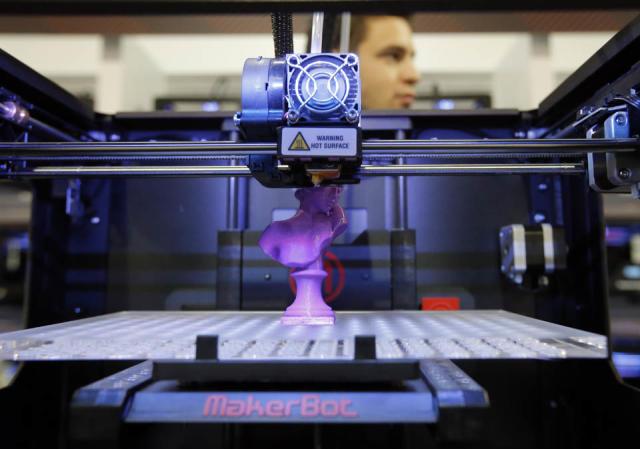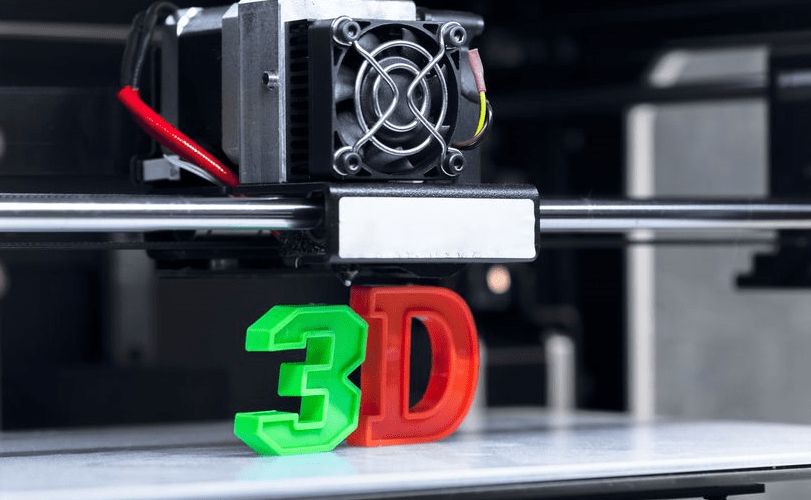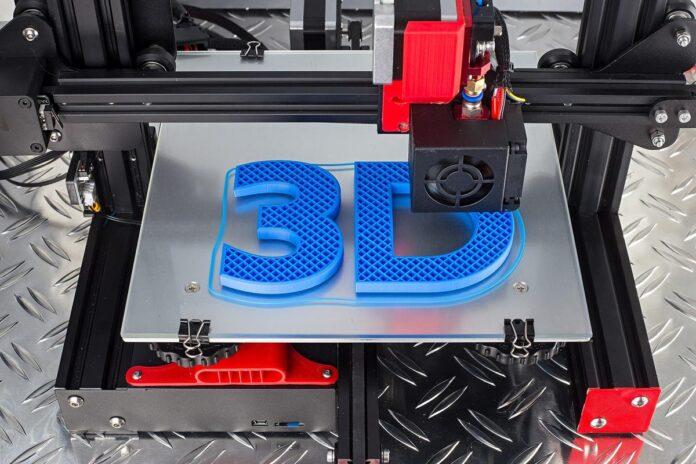Do you know that 3D printing was just an imaginative idea in the 1980s? It was finally introduced in 1986 by an American engineer named Charles Hull.
For stereolithography (SLA), a prototype was created by him. Photopolymers were used by him to evolve from liquid to solid using ultraviolet lights. The SLA printer was patented by him.
Then came 3D printing models called Selective Laser Sintering (SLS) and Fused Deposition Modelling (FDM). SLS uses powder grains to form 3D printed products while FDM which uses heat to layer 3D models. These two printing models laid the foundation stone for 3D printing.

3D filament manufacturer transformed the entire process of 3D printing. To put it briefly, 3D printing, which is also called additive manufacturing, always starts with a digital model as the technology utilised is inherently digital. Parts or products produced are electronic files made using computer-aided design (CAD) software or fetched from a digital part repository. The design file is then put through slicing software that splits it into slices or layers to be 3D printed. This software turns the model into slices and generates the path instructions for the 3D printer to follow.
To further explain this process, 3D printing can be broken down into four stages, namely, modelling, slicing, printing, and post-processing.
Modelling
In this stage, we first create a 3D model from the ground up or by downloading it from a 3D library. Many 3D filament manufacturer provide filament in different colours for making 3D models. 3D Software tools are available from industrial grade to open source. Before we print a 3D object, a digital model of the same needs to be obtained.
Using modelling we can convert the product or part we want to be printed into a digital model that can be printed on a 3D printer. We can create 3D models with 3D modelling software (such as CAD software).
Beginners in 3D printing can start with Tinker cad, which is free and works on the browser, and need not be installed on a computer.
Slicing
Preparing a printable file for the 3D printer is called slicing. With the help of slicing software, a 3D model can be sliced into hundreds or thousands of layers.
Slicing permits the 3D printer to compute the route and the amount of filament required for printing the model. Slicing software can not only create customised configurations but also create precise support structures.
Printing

When our printable file is sliced, it is ready for the 3D printer. The sliced file can be uploaded to the printer, and the printer can be calibrated. To ensure the accuracy of printing, the extruders and the printing base should be calibrated. Feeding the file to the printer can be done via USB, SD, or Wi-Fi. Our sliced file can now be 3D printed layer by layer.
Post-processing
Post-processing is the final stage of 3D printing. It has the following steps:
Removal of support: After printing, the support is removed while the filament remains on the surface of the model.
Sanding: Sandpapers can be used to make the model smoother.
Colouring: The model can be coloured according to preference.
Polishing: The surface of the model can be made brighter and smothered by coating or other processes.
Welding / Assembling: If a product has multiple parts, then it can first be separated and then the parts can be re-assembled to form a complete model.
3D printing is being used in diverse industries with a wide variety of unique applications.
A few examples where 3D printing is used are as follows:
- Consumer products (eyewear, footwear, design, furniture)
- Industrial products like prototypes and manufacturing tools
- Dental products
- Prosthetics
- Architectural scale models & maquettes
- Reconstruction of fossils
- Replication of ancient artefacts
- Reconstruction of evidence in forensic pathology
- Movie props
3D printers are also being used in the design process by companies to create prototypes and the same is referred to as rapid prototyping.

3D printing is also used for rapid manufacturing, where 3D printers are used for short run / small batch custom manufacturing.
As it keeps evolving, 3D printing technology will transform almost every major industry. #hydnews #khabarlive







